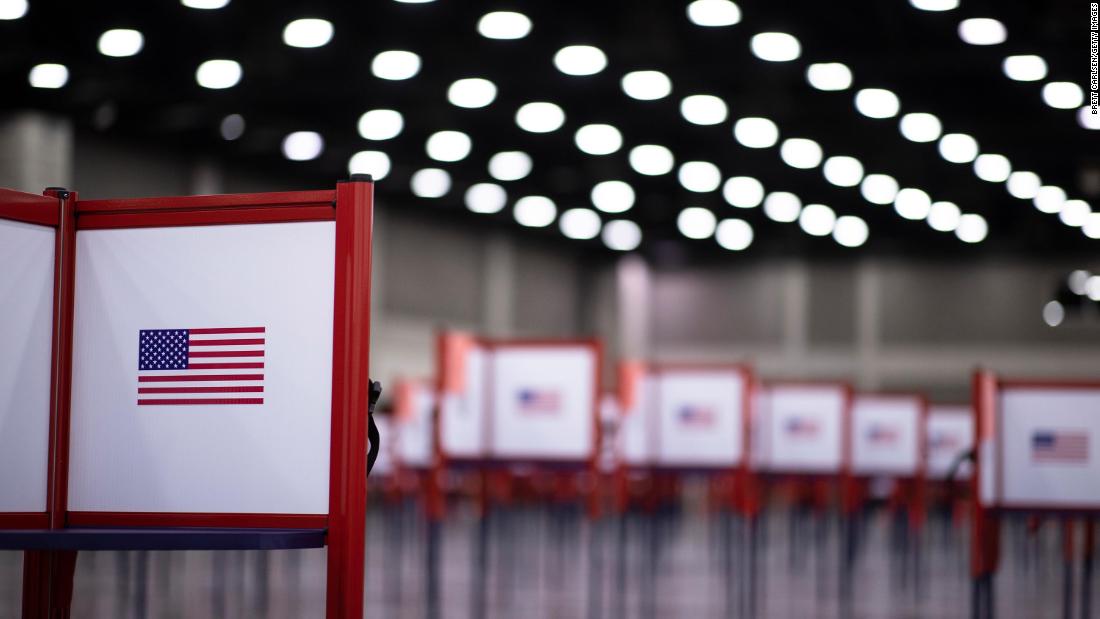
Exit polling traditionally involves interviews with a randomly selected sample of voters conducted as those voters leave their polling places. Unlike pre-election polling, where voters can only be identified using screening questions or a history of voting on a voter file, meeting voters where they are ensures that those included in the survey have actually cast their ballots.
But carrying out a poll exclusively that way during a pandemic, when more than 90 million have already cast their ballots, would not be a representative measure of the full electorate.
To make the 2020 survey more representative, Edison Research has made modifications to the methodology it uses to carry out the exit poll for the National Election Pool, a news consortium made up of CNN, ABC News, CBS News and NBC News.
This year's exit poll will still include in-person interviews with voters who cast their ballots on Tuesday. To make sure that both interviewers and voters are safe, interviews will be contactless. Voters will pick up paper questionnaires and single-use pencils from a table rather than taking them directly from the interviewer, and disinfecting wipes and hand sanitizer will be available for use by both voters and the interviewers manning the table. Interviewers will be masked, and have been instructed to remain at least 6 feet away the voters they ask to participate.
Those interviews are only one piece of the puzzle this year. The share of voters who cast their ballots before Election Day has been growing for two decades, and will rapidly accelerate in this year's election. In 2000, absentee and early voting represented about 16% of the total votes cast. In 2016, that figure was over 40%; this year, it is expected to top 60%.
To account for the large share of early in-person voters in critical states such as North Carolina, Florida and Texas, Edison Research has spent the past month conducting the same type of in-person interviewing that it does on Election Day at a random selection of early voting locations around eight states. The consortium first used this procedure to capture the opinions and vote choices of early voters in 2018 in Nevada and Tennessee. Those voters are answering the same questions that voters will be asked on Election Day.
To account for the large number of by-mail voters, as well as early voters in states where in-person early voter interviewing is not possible, the exit polls will also include the results of telephone polls targeted at these voters. Edison Research has conducted such polling for use in exit polls in states with significant shares of absentee and early voters since 2004.
This year, in every state where exit poll results are available on election night, the results of a telephone poll of early and by-mail voters will be incorporated into the results. These voters are also being asked the same questions that will be asked on Election Day.
When all of these pieces are combined, the exit poll results presented on election night will reflect a complete picture of voters all across the country.
"work" - Google News
November 02, 2020 at 07:01PM
https://ift.tt/325aEMI
How the exit polls will work in a pandemic - CNN
"work" - Google News
https://ift.tt/3bUEaYA
Bagikan Berita Ini
















0 Response to "How the exit polls will work in a pandemic - CNN"
Post a Comment